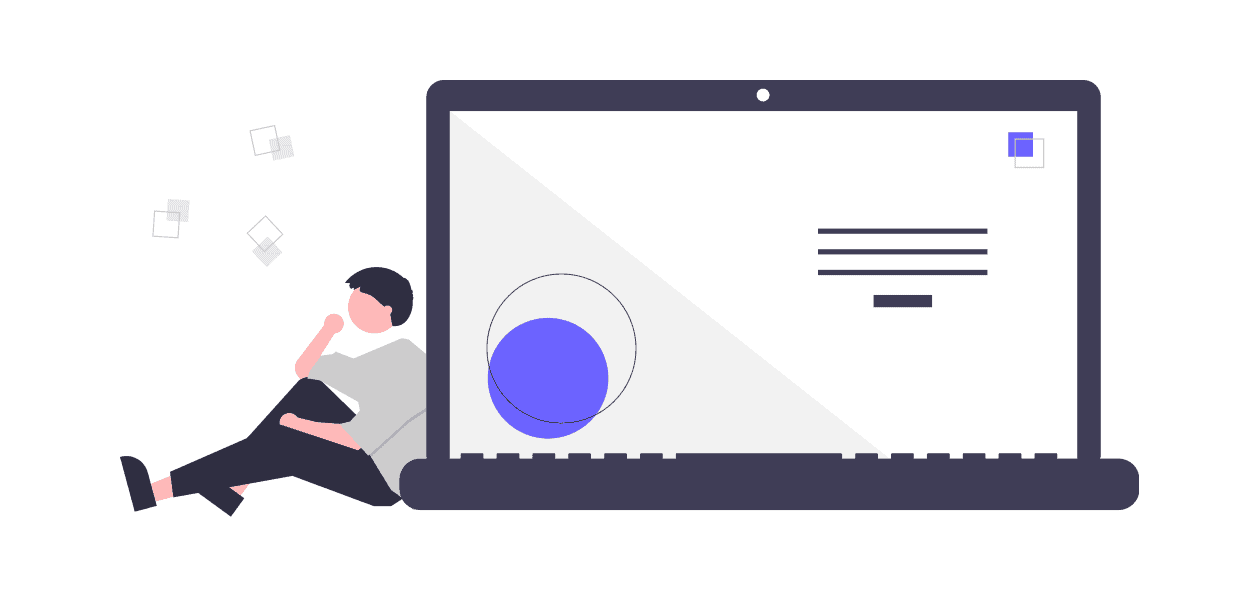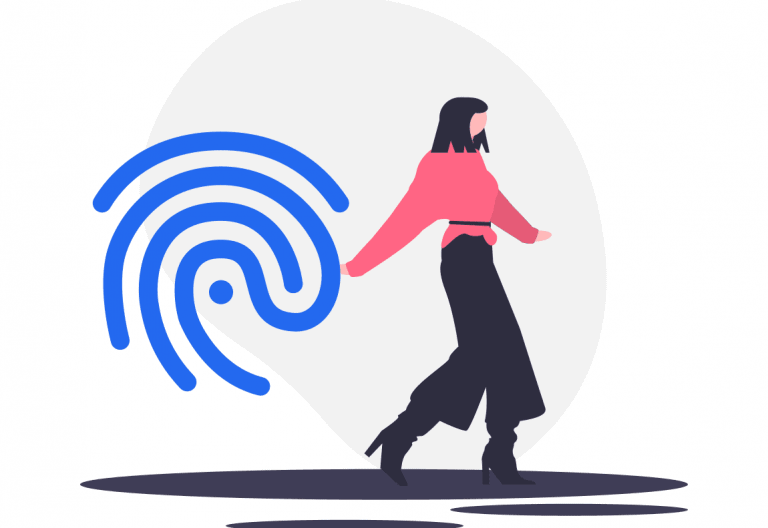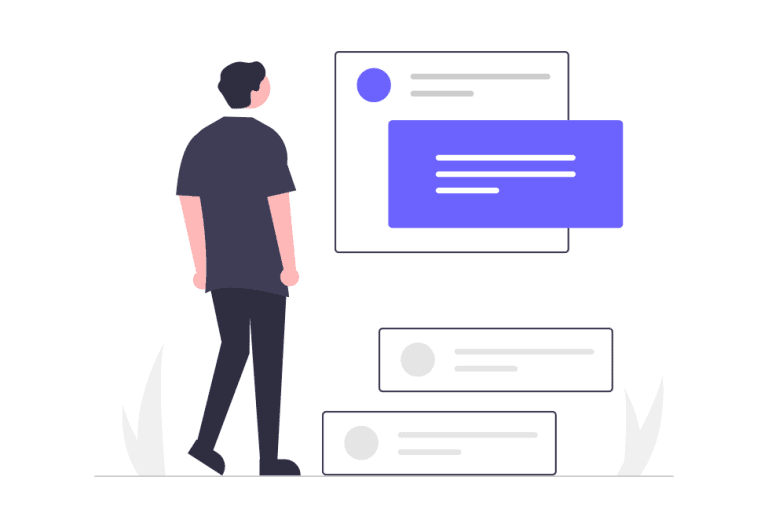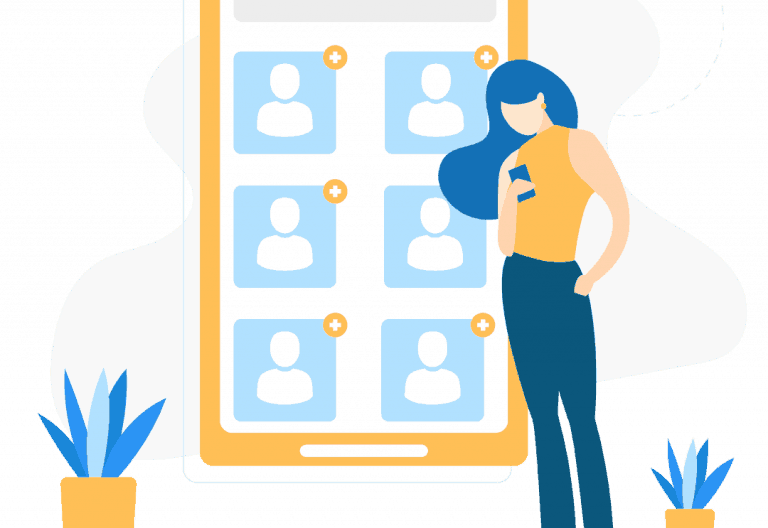If you’re anything like I was when I started my first SaaS business, you’re probably having a hard time with trial conversions.
You’re getting people to sign up for your trial. That’s not a problem. But you’re not converting them to paid customers.
And that is a problem.
But don’t worry. I’m going to help you fix it with SaaS marketing automation.
By the time you’re finished with this article, you’ll have a solid understanding of what SaaS marketing automation is, how to use it, and how to create a conversion funnel that gets your trial users to convert to paid customers.
1. The “nurture” email sequence
Nurture email sequences are a series of emails that are automatically sent to trial users over time. These emails are designed to educate trial users about your product and how to use it.
The goal of a nurture email sequence is to build trust and authority with your trial users. The more trust and authority you build, the more likely they are to convert into paying customers.
Nurture email sequences are typically sent over a period of weeks. The length of your nurture email sequence will depend on your sales cycle.
If you have a longer sales cycle, you may want to send a longer nurture email sequence. If you have a shorter sales cycle, you may want to send a shorter nurture email sequence.
2. The “educational” email sequence
Educational email sequences are a great way to help your audience understand your product and how it can help them achieve their goals.
The goal of this email sequence is to provide value to your audience by teaching them how to do something. In the example above, the email sequence is designed to teach people how to start a business.
By providing value in this way, you can build trust with your audience and position your product as the solution to their problem.
Educational email sequences can be a great way to convert trial users because they help your audience understand the value of your product and how it can help them achieve their goals.
3. The “engagement” email sequence
Next up is the engagement email sequence. The purpose of this sequence is to educate your trial users about your product, the problem it solves, and how it can make their life easier.
Each email in this sequence should be designed to drive users back to your product. This can be done by using a “call to action” (CTA) button that links to a specific page in your app, or by including a link to your app in the email footer.
You can also use this email sequence to share customer success stories, feature updates, and other news about your product. This will help you build trust with your trial users and show them that you are an expert in your industry.
4. The “convince” email sequence
So, your trial user has been onboarded and they’ve been using your SaaS for a few days. They’ve been using it and they like it, but they’re not quite ready to buy.
This is where the “convince” email sequence comes in. This is a series of emails that are designed to convince your trial users that your SaaS is worth the investment.
These emails should be sent out on a regular basis, but not too often. You don’t want to annoy your trial users with too many emails, but you also don’t want to let too much time go by between emails.
The “convince” email sequence is a great way to keep your SaaS top of mind with your trial users and to show them the value of your SaaS.
5. The “offer” email sequence
This is a series of emails that sends a different offer in each email. This is a good way to get your prospects to take action.
In the example below, the company sends a series of emails that offers different calls to action. The first email offers a free 30 minute consultation, the second email offers a free trial and the third email offers a free eBook.
This is a great way to get your prospects to take action without feeling like they’re being sold to.
6. The “story” email sequence
This is a 4-6 email sequence that tells a story about one of your customers (with their permission, of course).
Each email is a different part of the story. The first email sets up the story and the problem the customer was facing. The next few emails talk about how the customer found your product, how they used it, and the amazing results they got.
These emails not only help to build trust in your brand and product, but they also show the results that are possible when using your product.
If you can, try to find a customer that is similar to your trial users. If you have a lot of trial users, you can also segment them based on different attributes and send them a story about a customer that is similar to them.
The more your trial users can relate to the customer in the story, the more effective the emails will be.
If you want to strengthen how you tell these customer stories, this guide on presenting with confidence can help
7. The “social proof” email sequence
People are more likely to try a new product if they know that other people are using it successfully. That’s where social proof comes in.
“Social proof” is a marketing term that refers to the idea that people will follow the actions of the masses. In other words, if a lot of people are doing something, it must be a good idea.
This email sequence is designed to show your trial users just how many people are using your product and experiencing success with it.
You can do this by sending out a series of emails that include customer testimonials, reviews, and case studies. You can also highlight examples from companies running a 2-sided marketplace to show how both sides of the platform benefit from your product. You can also include data on the number of people who are currently using your product or the number of people who have successfully completed your trial.
The goal is to show your trial users that they’re not alone and that there are plenty of other people who are using your product and loving it.
8. The “announcement” email sequence
Once you’ve gathered all of the information you need about your trial user’s behavior, you can use this information to create a highly targeted announcement email sequence.
This is a great way to communicate new features, offers, or product news to your trial users in a way that’s most likely to convert.
If you don’t already have a way to segment your trial users, you can use this email sequence to gather information on what types of product news and updates interest them most.
Then, you can use this information to segment your email list and send more targeted emails in the future.
9. The “survey” email sequence
What it is: A survey sequence is a series of emails that sends users to a survey after they’ve completed a certain action.
Why it works: This type of sequence works because it’s a way to get feedback from your users in a more robust way than just sending them an email with a link to a survey.
When you send survey emails, you’re asking your users to take action to help you. It’s important to make sure you’re getting the most out of the action you’re asking them to take. In this case, you’re asking them to spend time answering questions about their experience with your product.
10. The “retention” email sequence
This is an example of a retention email sequence. After a trial user becomes a paying customer, you can use this email sequence to focus on retaining them as a customer.
The purpose of this email sequence is to make sure your customers know how to use your product and to make sure they’re getting value out of it. This is a great way to reduce customer churn. To further mitigate attrition rates, addressing involuntary churn can significantly enhance customer retention and satisfaction.
You can also use this type of email sequence to ask for referrals, testimonials, and case studies. And if you run a referral program, this is the perfect place to introduce it — tools like ReferralCandy make it easy for happy customers to share your product with others and earn rewards, turning retention emails into a low-effort growth loop. This will help you turn your customers into promoters of your business.
Conclusion
The best SaaS marketing automation structures are the ones that help you build a relationship with your users over time. There are many tools which help you to easily automate your marketing. Remember, the goal is to convert your users into happy, paying customers, and the best way to do this is to continue to provide them with value during the trial period.
By using one of the structures we’ve outlined above, you can help your business stand out from the competition and increase the likelihood that your users will convert.



